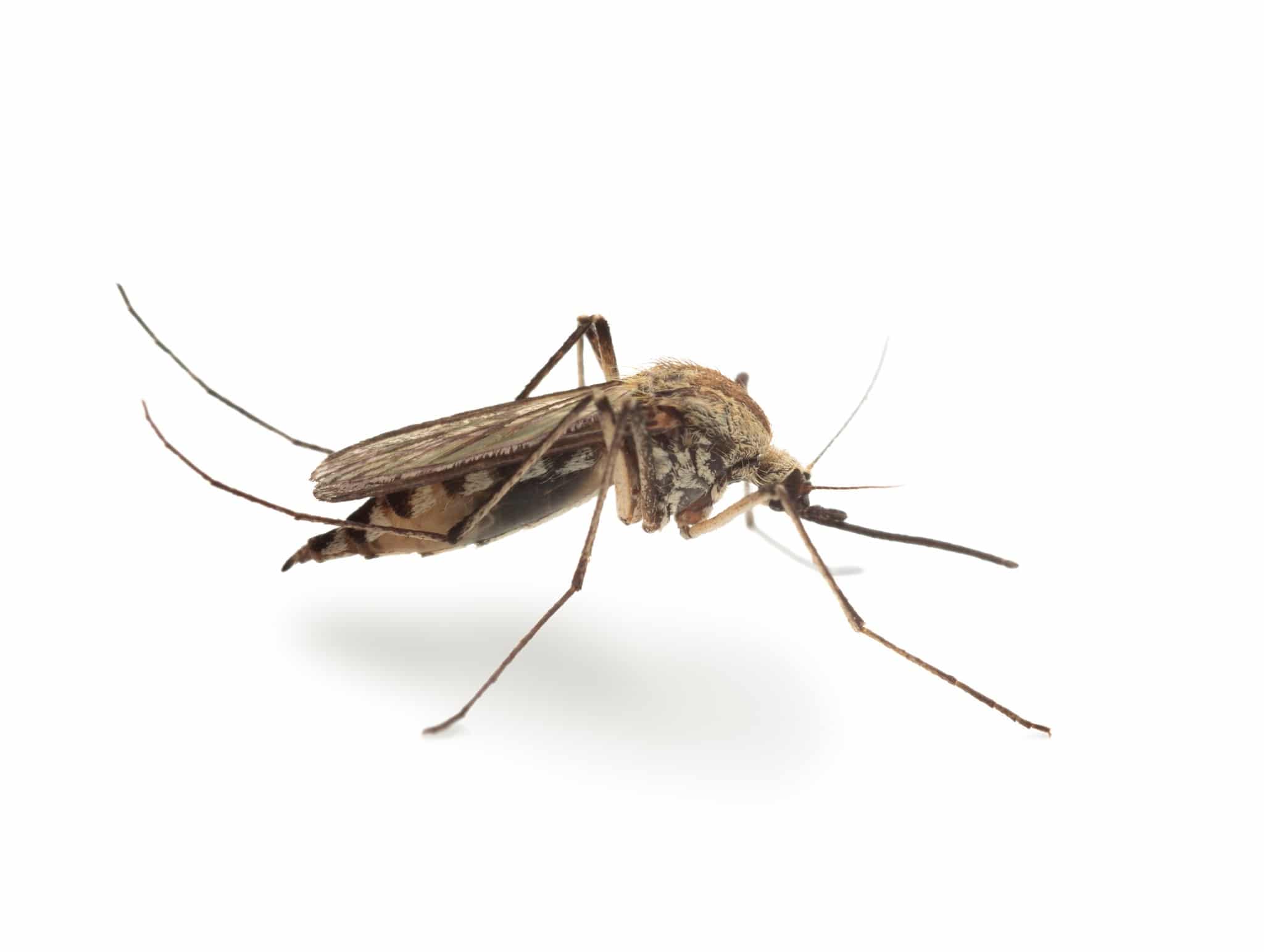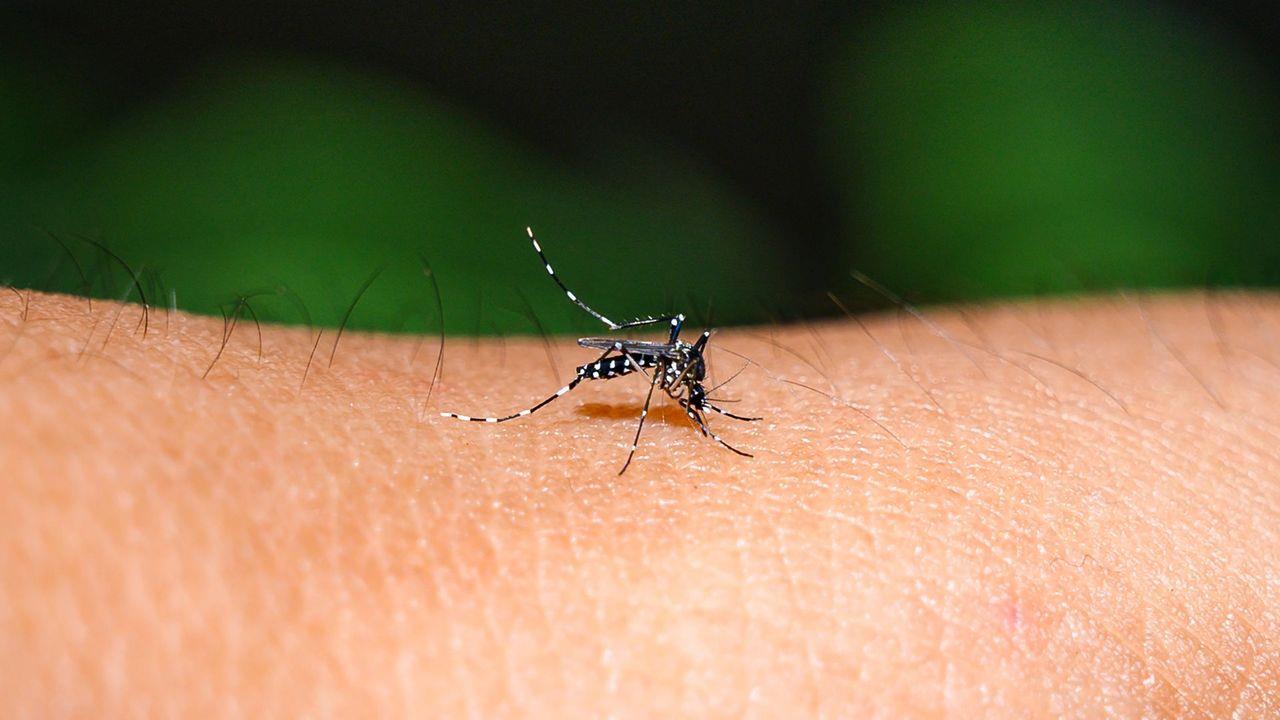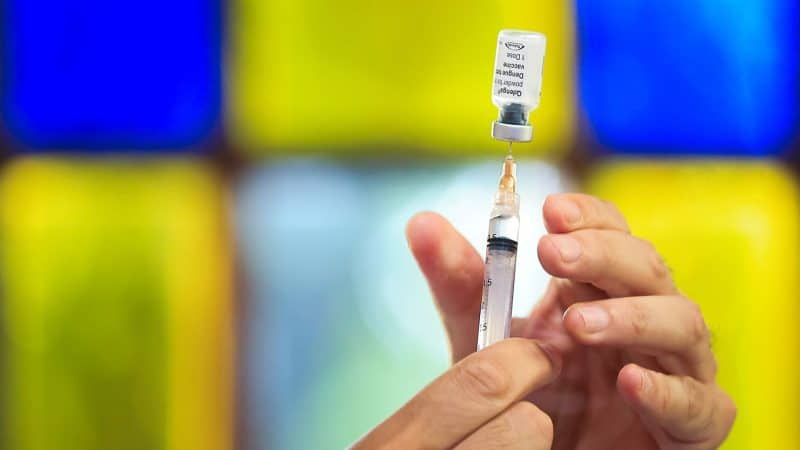Environmental issues are contributing to more mosquito-borne diseases. Global warming is taking a toll on the health of the Earth’s residents. There is already an endemic of mosquito-borne diseases in Latin America, sub-Saharan Africa, and Southeast Asia. Studies show that chikungunya, malaria, and Zika cases are increasing in many parts of the world.

The Drastic Changes
Statistics reveal that they are expanding up to ten times the normal estimates. Climate changes are getting more drastic. They allow mosquito-borne illnesses to move southward and take hold of the United States. The mosquitoes are now found in many areas where they can thrive and infect. Many communities are becoming at risk of getting sick.

Scientists predict that by 2080, at least 80 billion people could be at risk of dengue and malaria. Rising temperatures could prolong the yearly transmission seasons by at least four months for dengue and a month for malaria. These figures are based on population growth estimates of about 4.5 billion over the next 50 years. Researchers predict a 3.7 degrees C rise in temperature by the year 2100.
The Impactful Factors
Brazil’s research teams report that other socioeconomic and environmental factors complicate climate change predictions on future illness distribution patterns. Dengue risk and rainfall patterns are different between urban and rural areas. Larval habitats available in these environmental conditions depend on the ecological and social conditions. Storage practices and water supply also affect the breeding areas. More studies also show that environmental changes also affect the disease-carrying capacity of these insects.

How Environmental Changes Increase the Risk of Mosquito-Borne Diseases
Studies reveal that vector-borne diseases have a climate dimension. These illnesses include yellow fever, dengue, chikungunya, Zika, and malaria. They are very responsive to the environments they live in. Changes in precipitation and temperature from environmental changes have a significant impact on the spread of these illnesses:
- Hotter temperatures prolong the season for disease transmission. Environmental changes like an increase in temperature make disease transmission more efficient.
- Temperature changes affect vector behavior. Increases in environmental temperatures change the mosquitoes’ biting behavior. This change reduces the effectiveness of physical barriers like bed nets.
- More habitats will become enough for mosquitoes. Warmer climates can enhance the geographic spread of ideal areas where mosquitoes breed and survive. Standing water levels increase because of more rainfall. Droughts support breeding because they form pools of stagnant water from past flowing floodwater or runoff.

Reducing the Risk of Mosquito-Borne Diseases
Environmental changes may be progressing, but there are ways to reduce your risk of mosquito-borne diseases. The following are some of them:
- Wetland management must be a priority
- Remove breeding sites
- Provide universal access to disease management and care
- Enhance health education
- Improve community surveillance for detecting outbreaks early
- Assess new vector control methods
- Lessen exposure to mosquitoes
- Quicken vaccine development

The world is changing and its transformation is happening faster than expected. Environmental changes are causing warmer temperatures. This significant change encourages more mosquitoes to emerge and more diseases to spread. Controlling the increase in the number of mosquito-borne disease cases is possible with the coordination of communities and the appropriate authorities.